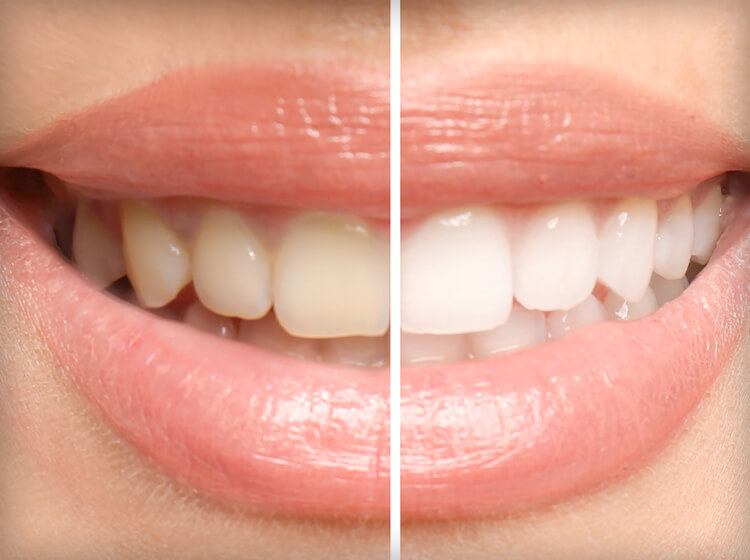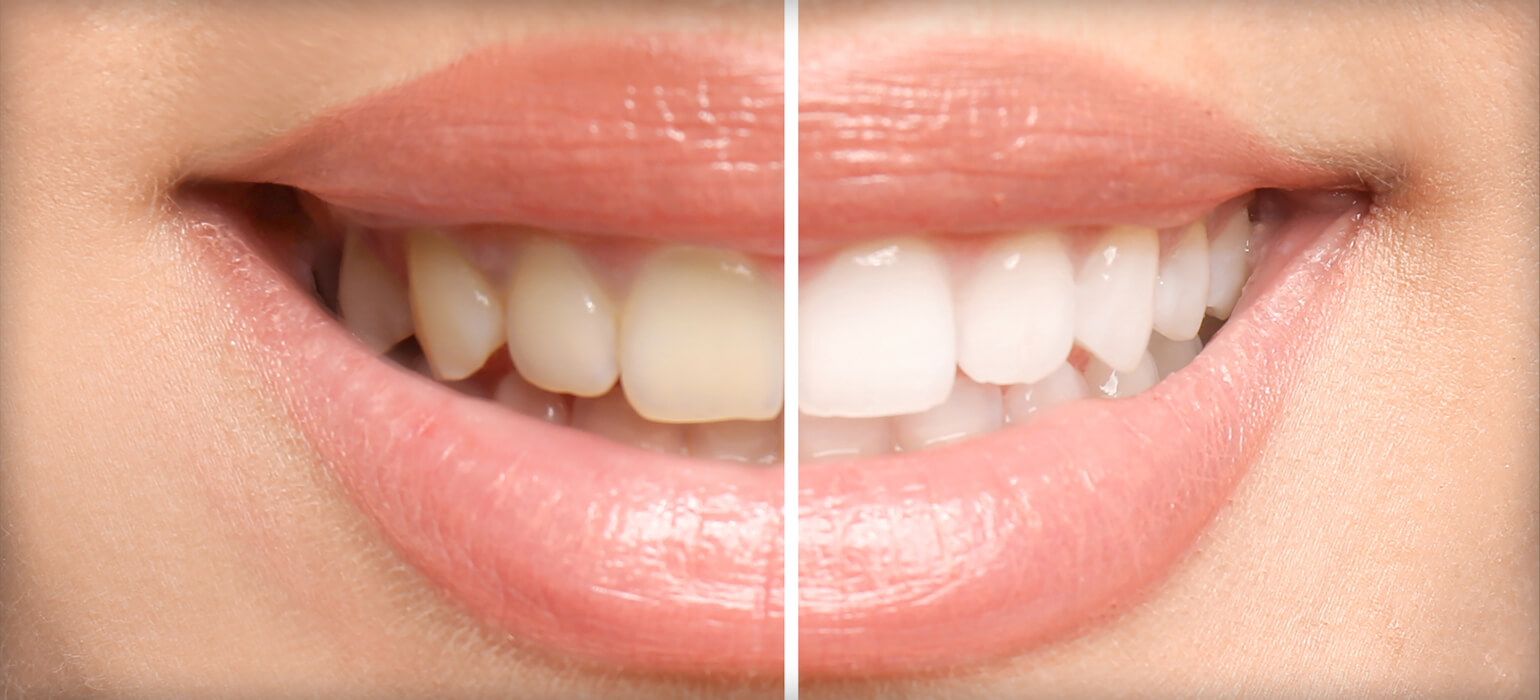Our Services
Restorative Dentistry


Fillings
Fillings are most commonly used to treat cavities. We will remove the decayed portion of the tooth and then "fill" the area on the tooth where the decayed material was removed with a substance such as gold, porcelain, silver amalgam or a tooth-colored plastic known as composite resin. Fillings may also be used to repair cracked or broken teeth and teeth that have been worn down from misuse such as from nail-biting or teeth grinding.
Bridges
Bridges are natural-looking dental prosthetic that can replace a section of missing teeth. Because they are custom-made, bridges are barely noticeable and can restore the natural contour of teeth as well as the proper bite relationship between upper and lower teeth.
There are several types of fixed (cannot be removed) dental bridges including conventional fixed bridges, cantilever bridges and resin-bonded bridges. Some bridges are removable and can be cleaned by the wearer; others need to be removed by a dentist. Porcelain, gold alloys or combinations of materials are usually used to make bridge appliances.
Crowns
A dental crown, sometimes called a cap, is a type of dental prosthetic that completely encircles a tooth that is badly damaged or decayed in order to protect the tooth and restore the natural look of the tooth. This common procedure uses dental cement to secure the crown to the tooth, making the original tooth and the crown one.
Bonding
Bonding uses a special tooth-colored plastic called composite resin to repair damaged or decayed teeth, improve the appearance of discolored teeth, protect a portion of the tooth's root that has been exposed when gums recede, close the space between tooth gaps or change the shape of the teeth.
Dentures
A denture is a removable replacement for missing teeth and adjacent tissues for individuals that have lost most or all of their teeth. Dentures improve chewing ability and speech and provide support for facial muscles as well as greatly enhancing the facial appearance and smile.
Dentures are made of acrylic resin, sometimes in combination with various metals and can be complete dentures which replace all the teeth or partial dentures which fill in the spaces created by missing teeth and prevents other teeth from changing position. You can have a full denture on your upper or lower jaw, or both.
Complete dentures are called "conventional" or "immediate" according to when they are made and when they are inserted into the mouth. Immediate dentures are inserted immediately after the removal of the remaining teeth. To make this possible, the dentist takes measurements and makes the models of the patient`s jaws during a preliminary visit.
An advantage of immediate dentures is that the wearer does not have to be without teeth during the healing period. However, bones and gums can shrink over time, especially during the period of healing in the first six months after the removal of teeth. When gums shrink, immediate dentures may require rebasing or relining to fit properly. A conventional denture can then be made once the tissues have healed. Healing may take at least 6-8 weeks.
An overdenture is a removable denture that fits over a small number of remaining natural teeth or implants. The natural teeth must be prepared to provide stability and support for the denture.
Partial dentures are often a solution when several teeth are missing.
Removable, partial dentures usually consist of replacement teeth attached to pink or gum-colored plastic bases, which are connected by metal framework. Removable partial dentures attach to your natural teeth with metal clasps or devices called precision attachments. Precision attachments are generally more esthetic than metal clasps and are nearly invisible. Crowns on your natural teeth may improve the fit of a removable partial denture and they are usually required with attachments. Partials with precision attachments generally cost more than those with metal clasps.